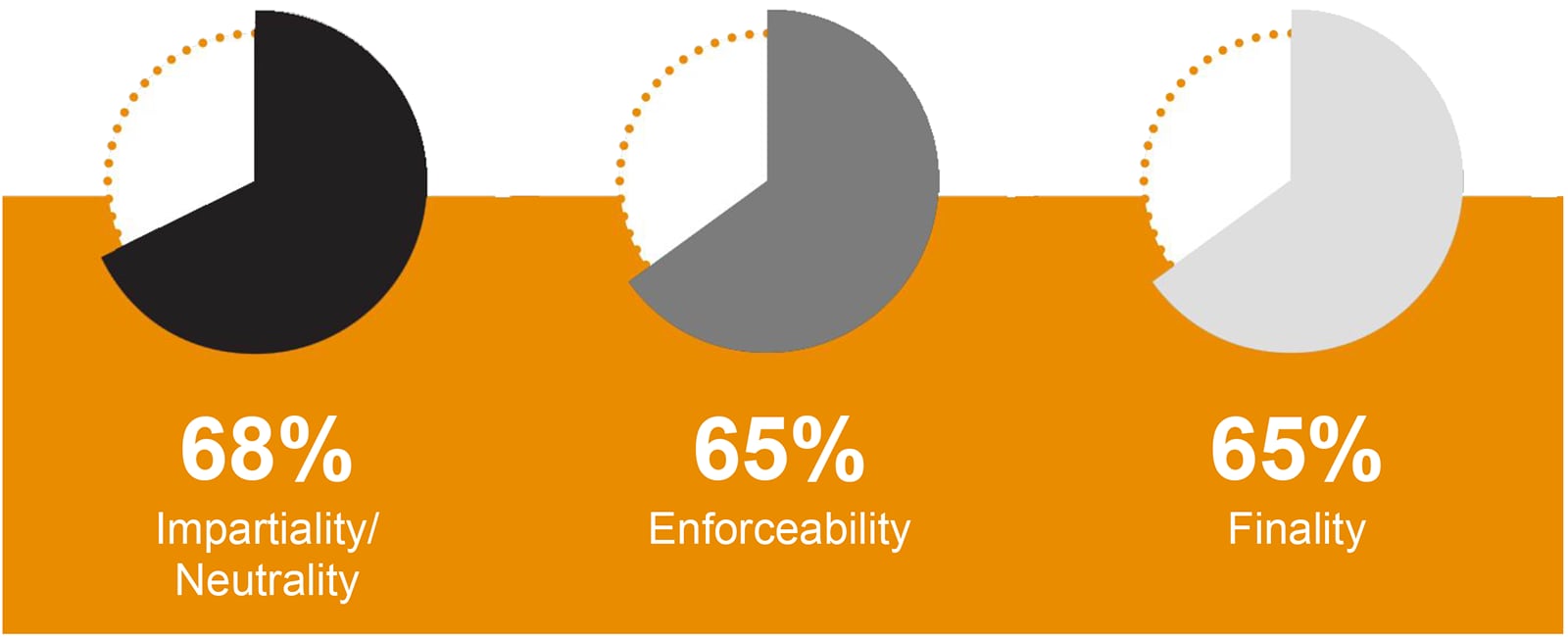
Hybrid dispute resolution delivers the best of both worlds
Hybrid dispute resolution - a combination of two or more dispute resolution processes tailored to the users’ needs - has emerged as a more flexible and efficient alternative.
The COVID-19 crisis has resulted in a considerable increase in the number and type of cross-border commercial disputes as many businesses faltered and were unable to perform contractual obligations.
With a focus on continuity and minimising losses, organisations prefer a dispute resolution strategy that is not only efficient but also cost-effective and aligned to the commercial interests of the parties to the dispute.
Alternative Dispute Resolution mechanisms, such as Arbitration and Mediation, particularly in the context of international disputes, have been on the rise as organisations envisage resolving disputes quickly and amicably, instead of engaging in long-drawn legal actions. While arbitration remains the most preferred mechanism for cross-border disputes, mediation is gaining popularity.
Arbitration is popular and the attributes of arbitration which dispute resolution users deemed satisfactory are as follows:
of users survey used arbitration

Organisation need to holistically weigh their specific requirements, the pros and cons of each dispute resolution mechanism and the severity of a potential dispute. The cost, speed, enforceability, finality and impartiality/neutrality differ across all dispute mechanisms and should be considered carefully.
Overview of the five steps that organisations can take in formulating an effective alternative dispute resolution strategy:
Assess the risks
Select suitable mechanisms
Modify and tailor clause
Review contract
Monitor and identify triggers

Hybrid dispute resolution - a combination of two or more dispute resolution processes tailored to the users’ needs - has emerged as a more flexible and efficient alternative.

Third Party Funding (TPF), a form of financing for legal cases, can alleviate the concerns by companies seeking redressal for wrongs caused by others. We believe that the rapidly evolving TPF should be considered in deciding on a dispute resolution strategy.

In recent years, Legal Technology (LegalTech) has grown in sophistication and brought many benefits to stakeholders in the Dispute Resolution space. Services such as electronic filing systems and case management software have made processes more efficient and less menial.